While you are typing away and grinding at your 9-5, a 23-year-old college athlete you may have never heard of has pocketed multiple seven figures to play a sport he loves. Oh, and this is just the salary, it doesn’t take into account the outside endorsements that these supposedly amateur athletes of various sports and both genders lock down.
Quarterback Carson Beck, 23, for example, is thought to have snagged a cool $3-4 million to move from Georgia to the University of Miami – snubbing the NFL in the process.
While Duke’s quarterback Darian Mensah, who is just 20-years-old, reportedly makes $4 million.
Don’t even ask what Arch Manning, 21, Texas starting quarterback and nephew to Super Bowl winning brothers, Peyton and Eli Manning makes. Hint: It’s much higher and starts with a six.
But is college football technically an amateur sport in America anymore? Hardly. With stadiums like The University of Tennessee’s Leyland Stadium holding up to 101,915 fans, the turnout and die-hard dedication eclipses the fan bases of several small market NFL teams. This new wild West of monetary landscapes is a far cry from what it used to be.
So, how did we get here? The Intercollegiate Athletic Association was founded on March 31, 1906. Four years later, the name officially changed into what we know it as today: the National Collegiate Athletic Association. For well over a century, this governing body acted like an overbearing overlord. They made one thing clear: We, the colleges, and television entities make the money; not the students.
In fact, the punishment for violating “impermissible benefits,” like Reggie Bush did at USC for accepting a car and money from donors, was instant removal of his Heisman Trophy in 2005. The NCAA has since reinstated it.
The punishment and inequity to student athletes was frequently unfair and severe. It was always suspected players received under the table money to pick revered colleges in their sport over others. However, the tables didn’t turn until 2021 when NIL, or name, image and likeness allowed players to finally cash in on themselves. Which, by all accounts, every individual should be able to do.
As a respected sports television host and podcaster told me, “the NCAA knew this was coming, they just delayed it as long as they could. This problem is the result.”
Problems, did in fact, quickly arise. First, theoretically amateur levels should not eclipse professional leagues. The controversial Browns fifth round pick Shadeur Sanders was actually counseled by some to skip the NFL draft so he could make more NIL money by sticking it out another year at Colorado. Seriously. That is how rich these 18-22 year olds are becoming.
The NIL is also quickly demolishing March Madness. The men’s beloved basketball tournament now hardly sees a bracket-busting school like George Mason or VCU make it to the Sweet 16 or Final Four. When money is spent to transfer heavyweight players in, rosters that spent four years playing together and building camaraderie fall by the wayside.
And, with such an unfettered landscape of pay to play, it is hard to believe schools without excessive donor funding get a fair shot in competition.
Sure, these student athletes are technically adults, but they are promised NIL deals from universities as minors. When you’re buying designer items and wedding rings and costly goods with a college salary, do you love the game or do you merely love what the game buys you? Should former Heisman Trophy winner Johnny Manziel not see a dime from Texas A&M selling out 2,500 replicas of his former jersey in his accolade year? No. But look where all the flashy dollar signs and publicity inevitably put his career. It ended before it ever really began in the pros. That is not a path worth repeating for other aspiring star student athletes.
Beyond that, these deals also create an uneven distribution of wealth to more commonly watched sports which threatens women’s programs. If 80 percent of the money, for instance, is going to men’s football and basketball, what happens to a school’s volleyball, golf, or tennis programs in the long run?
In response, President Trump recently signed an executive order called, Saving College Sports. It mandates athletic departments which brought in more than $125 million during the last academic year increase the number of scholarships given to athletes in non-revenue sports. Whereas, athletic departments in the less lucrative numbers of at least $50 million keep the number of scholarships offered in those sports.
“The future of college sports is under unprecedented threat,” the order says. “A national solution is urgently needed to prevent this situation from deteriorating beyond repair and to protect non-revenue sports, including many women’s sports, that comprise the backbone of intercollegiate athletics, drive American superiority at the Olympics and other international competitions, and catalyze hundreds of thousands of student-athletes to fuel American success in myriad ways.”
Jerry Maguire himself might as well yell like he did in the movie, “show me the money.” Because, gone are the days of kids just being happy to collect a division 1 scholarship. Now, collegiate athletes primarily want enough money to set them up for life. But we have to devise better rules and regulations. Otherwise greed overtakes the purpose of balancing school and sport.
President Trump took a step in the right direction to even the playing field, no pun intended. Now universities, brands and donors across America are on the clock.
Has college football sold its soul?
Schools without big donors don’t stand much of a chance these days
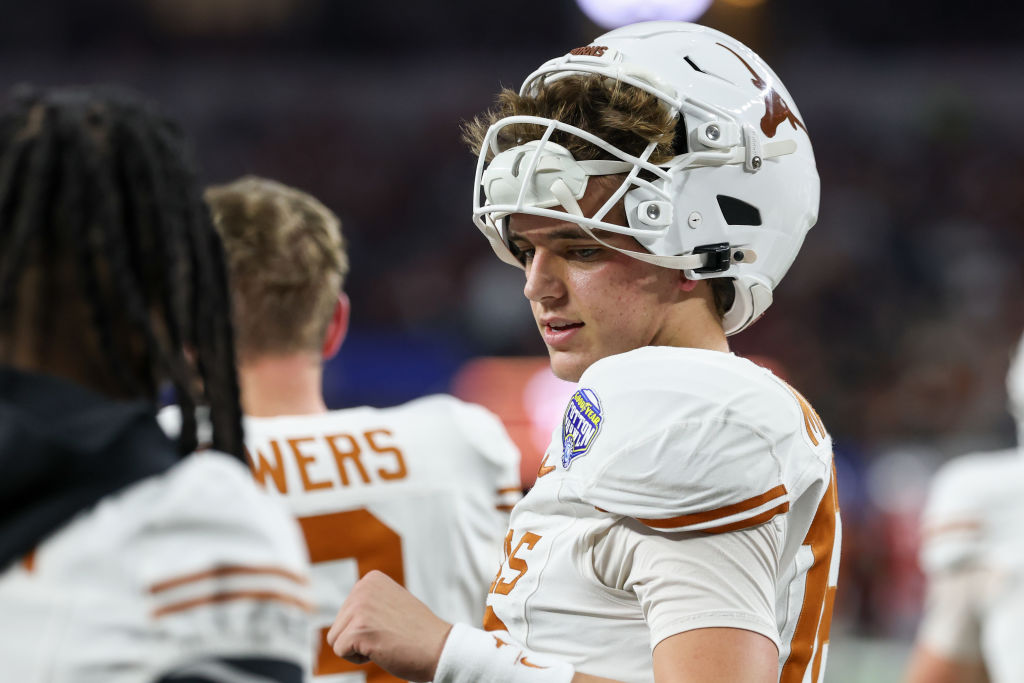
Arch Manning of the Texas Longhorns (Getty)
While you are typing away and grinding at your 9-5, a 23-year-old college athlete you may have never heard of has pocketed multiple seven figures to play a sport he loves. Oh, and this is just the salary, it doesn’t take into account the outside endorsements that these supposedly amateur athletes of various sports and both genders lock down. Quarterback Carson Beck, 23, for example, is thought to have snagged a cool $3-4 million to move from Georgia to the University of Miami – snubbing the NFL in the process. While Duke’s quarterback Darian Mensah,…












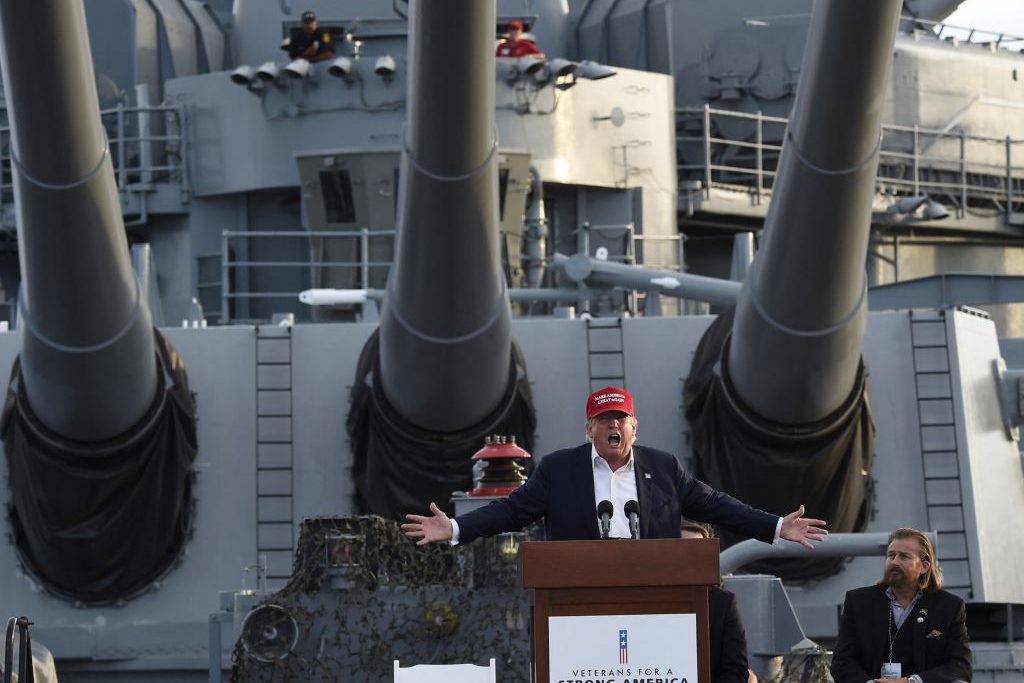
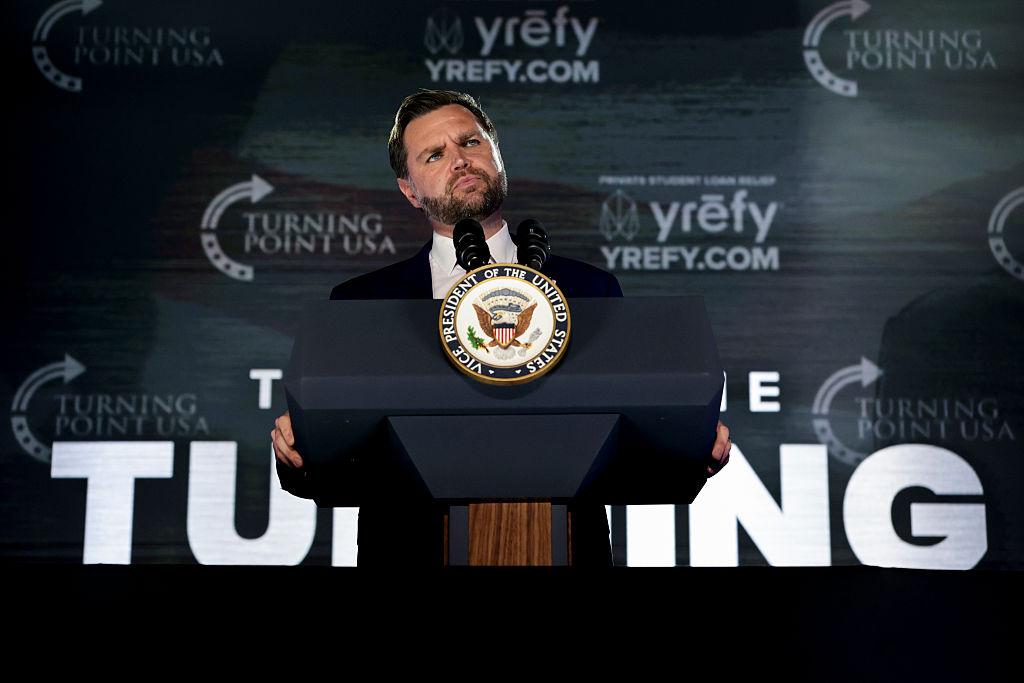
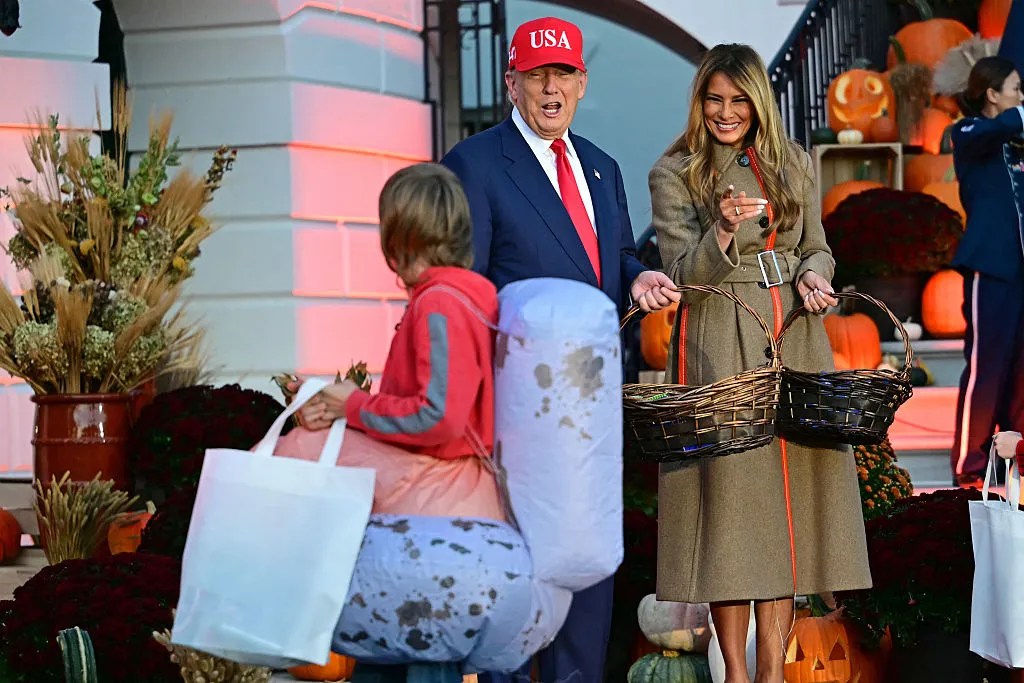
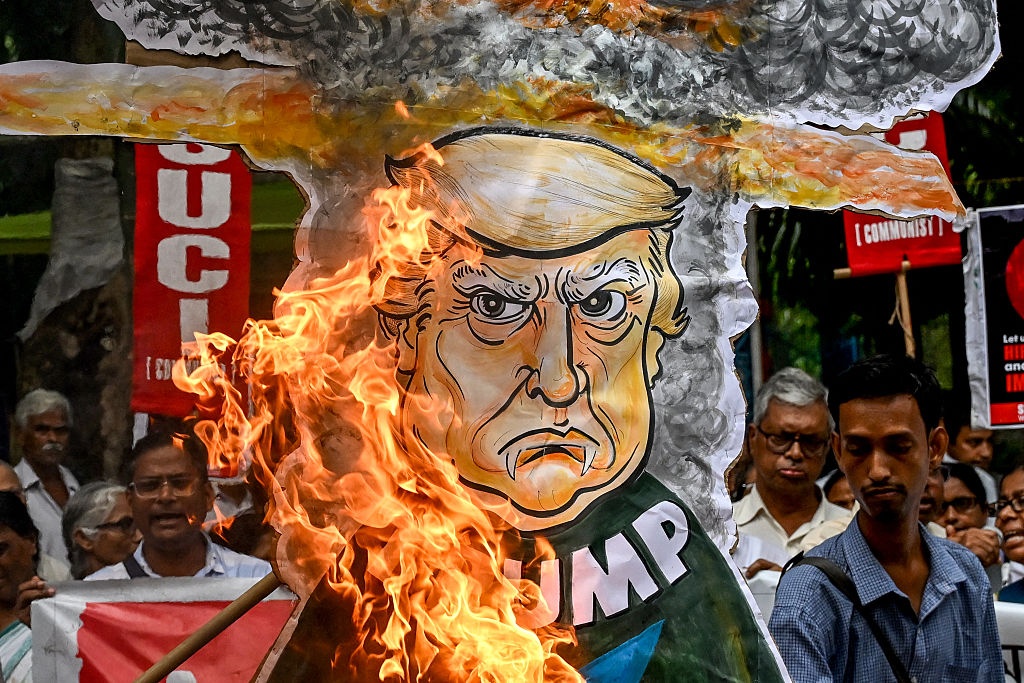
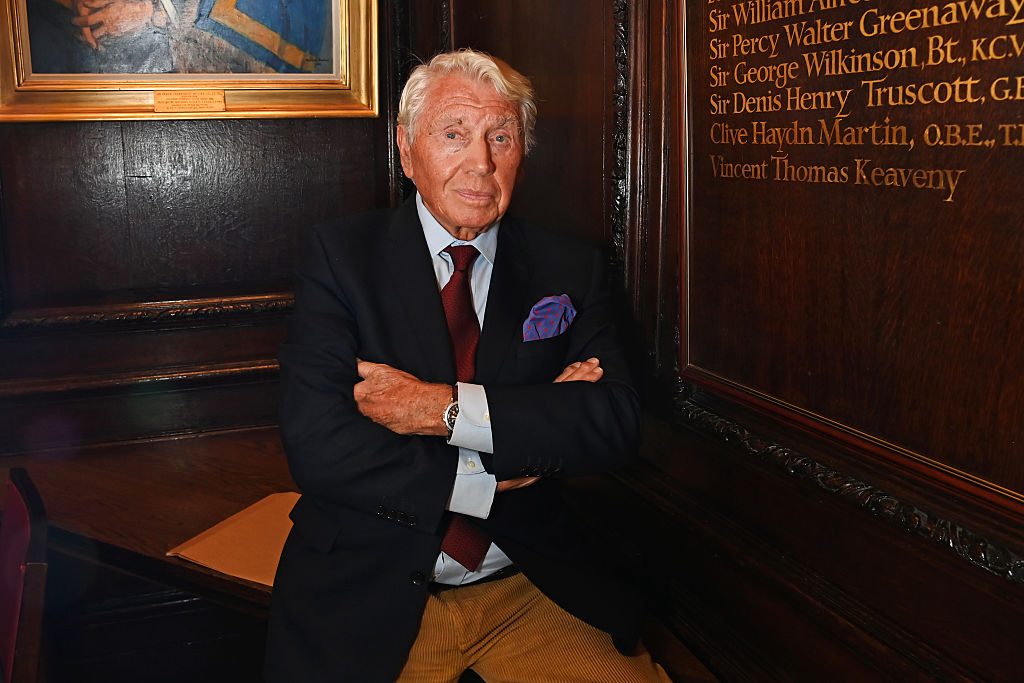
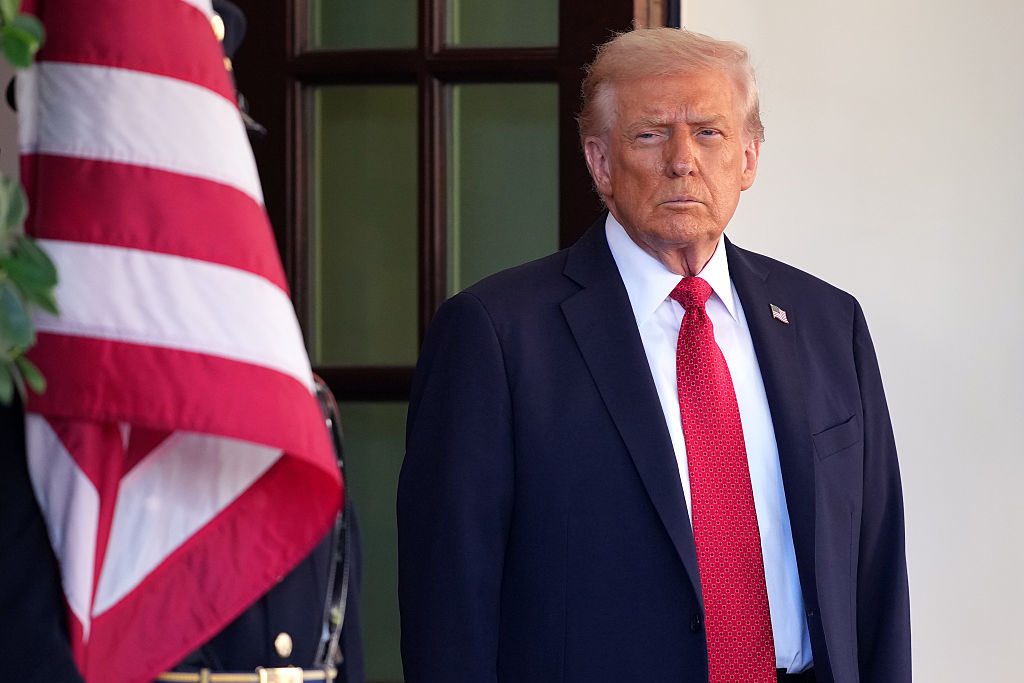







Leave a Reply